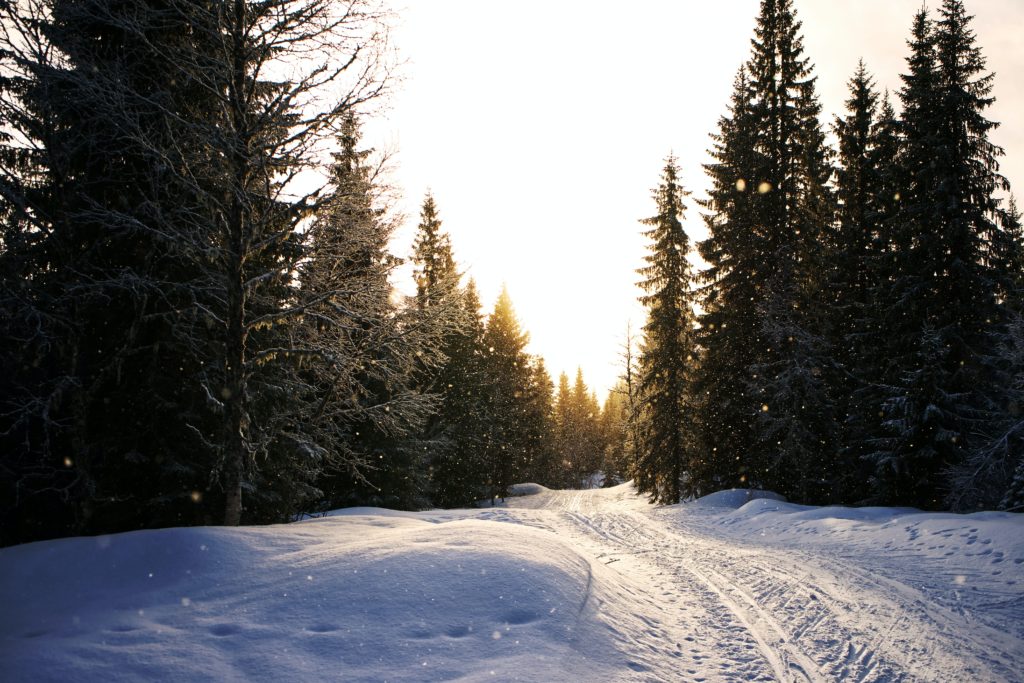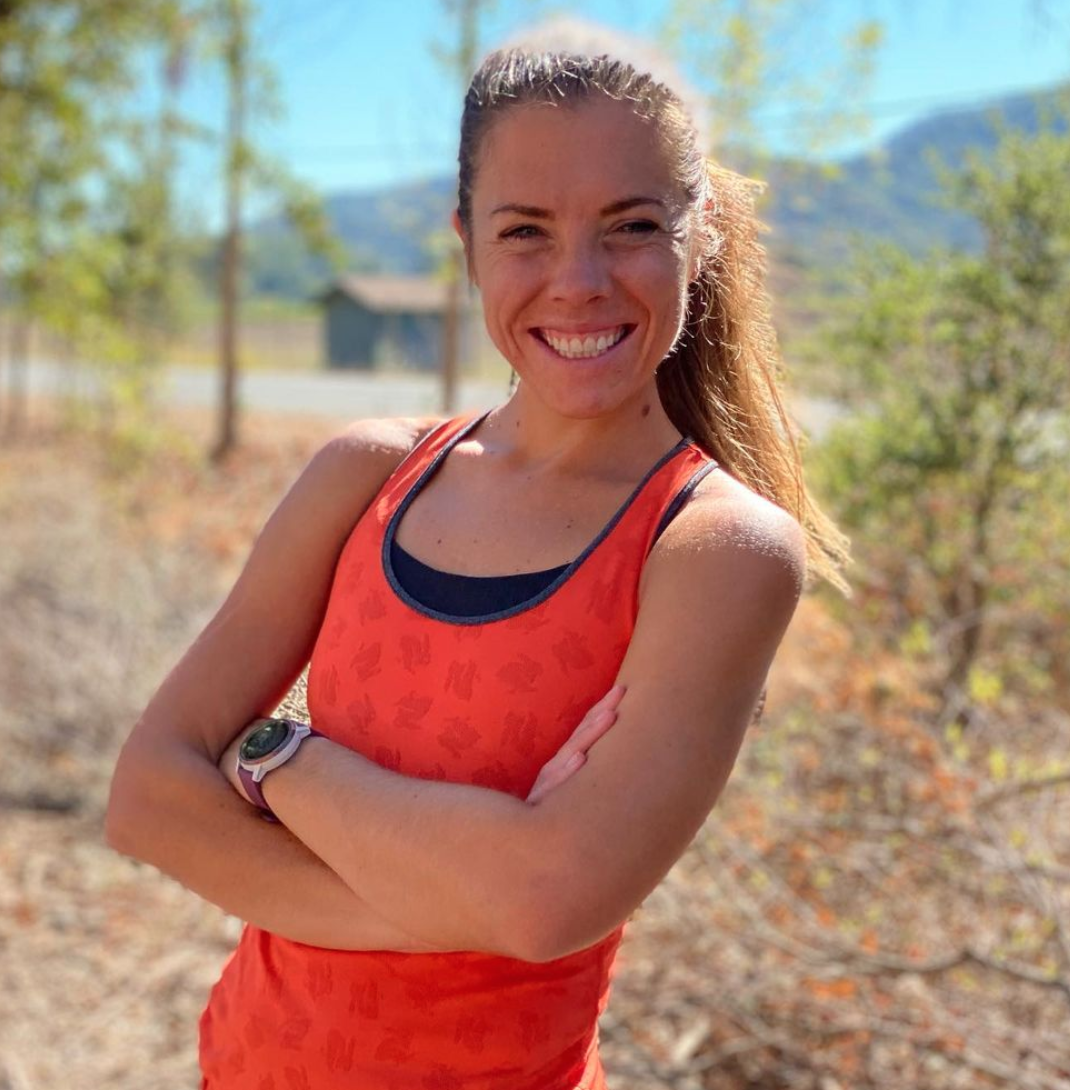Cross Country Skiing For Runners

In many areas of the country, it’s next to impossible to run on the roads during the winter. While nothing is really “impossible,” it’s definitely more challenging with 2 feet of freshly fallen snow. Training on icy roads is dangerous, and not everyone loves running on the treadmill. Runners are, unsurprisingly, looking for ways to stay fit during those colder months.
Runners living in colder areas and the mountains want to know: does skiing help with running? Can skiing be good cross-training for running? The answer is yes!
If you are new to skiing, first of all, there are several different types – including alpine (downhill), cross-country, and even back-country. As the name suggests, cross-country skiing is the best option if you are looking for ways to help your running.
It is difficult, however. Not many people who start cross-country skiing are good at it. Typically, it takes time and patience like learning most sports. But with some practice, cross-country skiing might become your favorite way to work out during the winter.
What is Cross-Country Skiing?
Created in Norway, Cross Country skiing is a winter sport where athletes use skiis to move across groomed trails. It used to serve a practical purpose as one of the most efficient ways of traveling across the snow. But it wasn’t until 1924 that it became an official Olympic Sport. In modern day, Olympic athletes compete in different disciplines of cross-country skiing.
There are two different types of cross-country skiing:
- Classic
- Skate
Classic is the easier of the styles and is what many people think of when they hear “cross-country skiing.” It’s endurance-heavy, and you might be exhausted after going a quarter of a mile. Classic style features two parallel tracks in the snow (they are apparent, and you can’t miss the tracks when you are on cross-country trails). The cross-country skier uses a similar motion as walking, but the gliding motion creates more speed.
The more advanced skate style (also known as freestyle) uses a similar motion as ice skating. Skate Style requires much more balance and coordination, but is generally faster.
New to the sport? Not a problem. Most people prefer to start with classic style.
Why Choose Cross-Country Skiing?
We all know that there is only so much pounding your legs can take. Skiing can be a nice break from running while still improving your performance. Not only that, but skiing can help address weaknesses you didn’t even know you had.
Athletes use poles which engages both arms and legs. This means you use more oxygen than running. World-class skiers actually have the highest VO2 max of anyone in the world, because they are using their entire body! Even runners with the highest VO2 experience increased fitness when they add skiing into their routines.
Not only will you use every muscle in your body, you will also work on stabilizing and strengthening core muscles, glutes, legs, and even your back.
Finally, if that was not enough to convince you, cross-country skiing also helps with your balance and agility. You are working out across the snow, requiring a lot of both!
How Can You Get Started with Cross Country Skiing?
This sport can be expensive. Fortunately, there’s no need to immediately invest in equipment, and most Nordic Centers have great gear you can rent until you figure out your own needs. You will want some essential moisture-wicking clothing to keep you warm. You will probably want to also invest in ski pants, warm gloves, a hat, long sleeved thermal shirts, a jacket or vest, and maybe even a parka. Depending on where you are located, it can be below zero temperatures when you are out. But keep in mind, once you start skiing, you will soon get hot!
As previously mentioned, most beginners will prefer the classic style. Skate style requires much more balance and is more advanced. Usually, Nordic Centers offer beginner classes to help you move forward from the beginner trails. Don’t worry about falling; you likely will, but luckily, the snow is much softer than falling on the concrete boardwalk while running.
Here are a few tips:
- Take a personalized lesson. A personalized or private lesson teaches you more than you could ever know by merely Googling.
- Start on flat terrain. There is no need to try the most challenging terrain at first.
- Just move forward – you can shuffle your way through the landscape until you can establish a good rhythm.
- Avoid ice and bare areas. You’re more likely to fall and seriously hurt yourself.
Cross-country skiing is a fun and rewarding workout. It can have enormous benefits for runners, and even help contribute to solid Spring races!

Hollie is a runner, hiker, swimmer, residing in California. She has worked in run specialty for nearly 8 years and has fit hundreds of people for shoes. Outside of the running world, she enjoys the general aviation world, her two cats, and spending time with her spouse.








